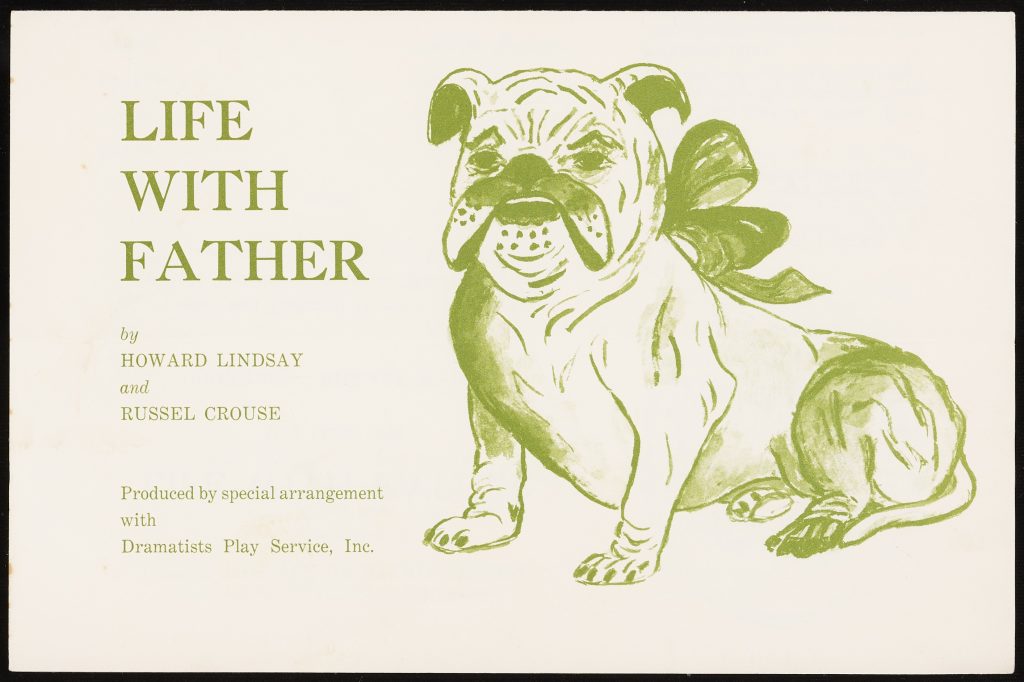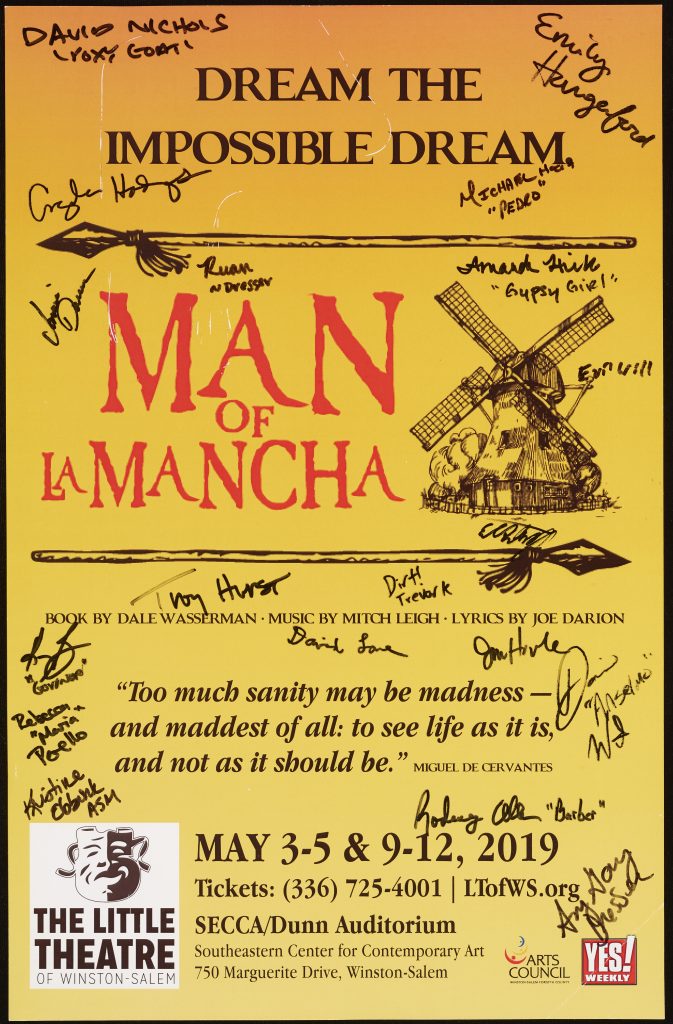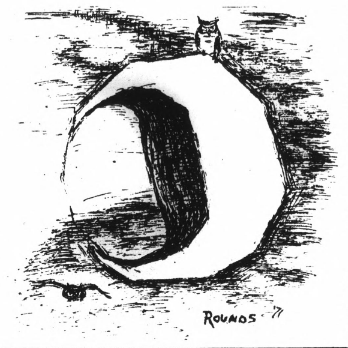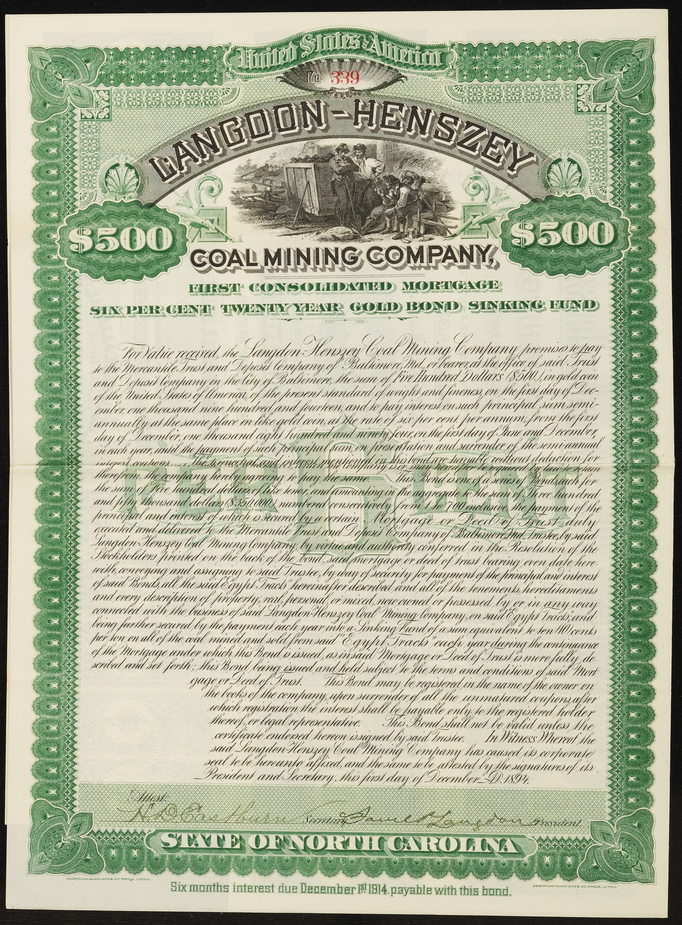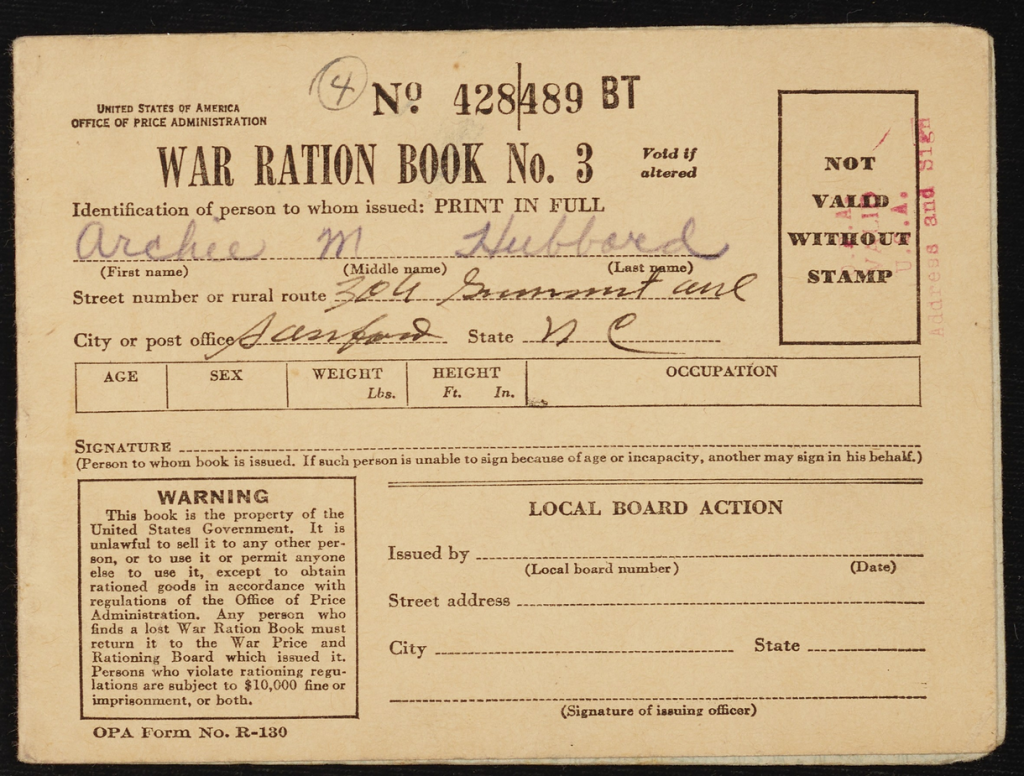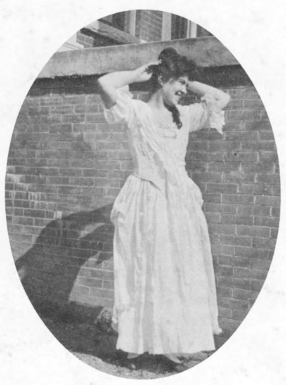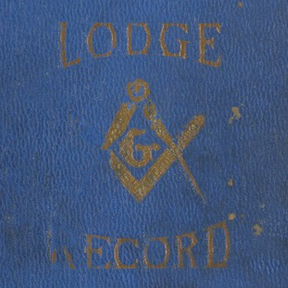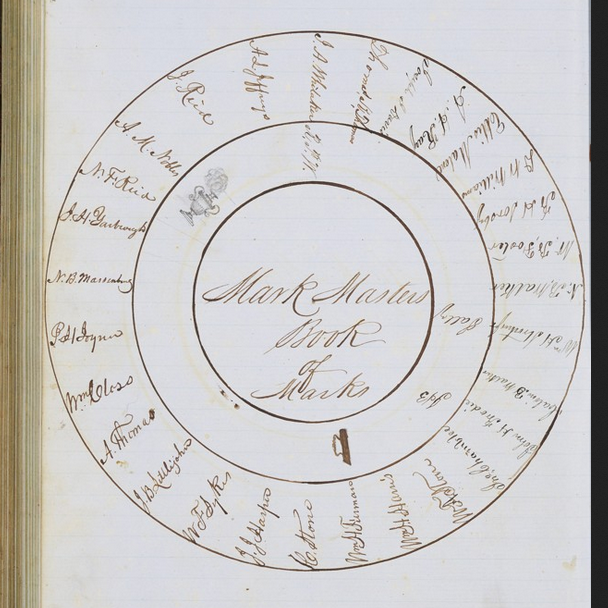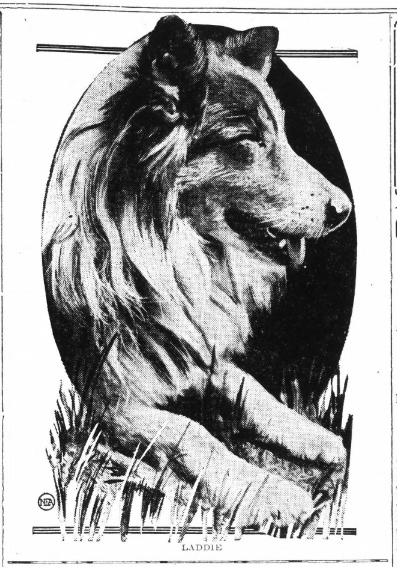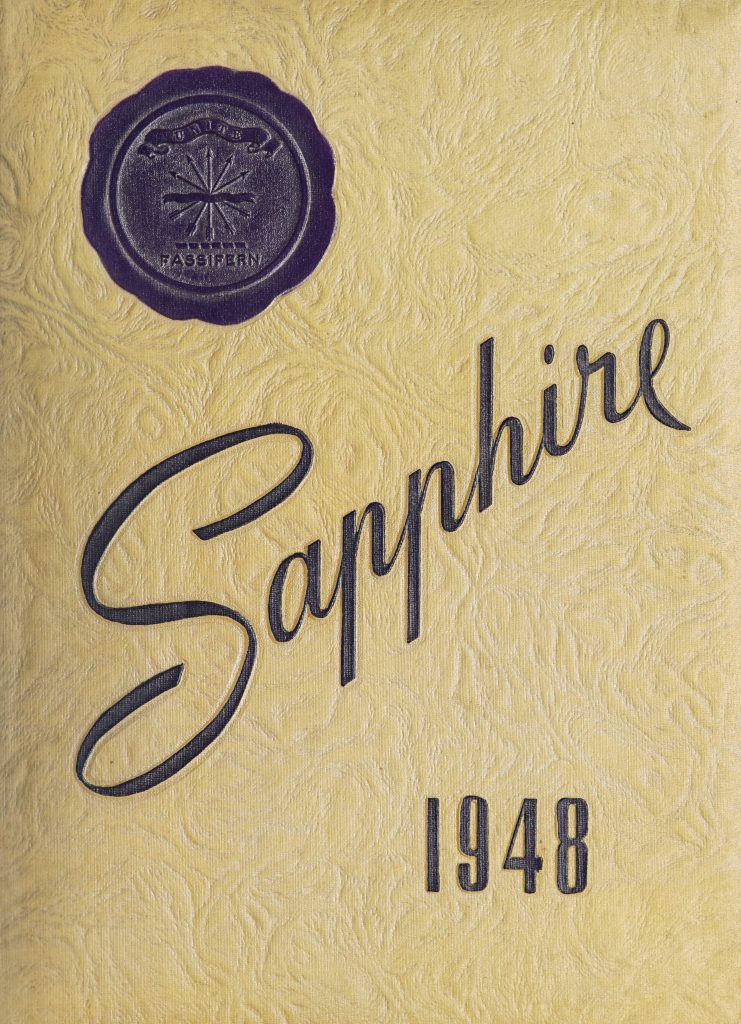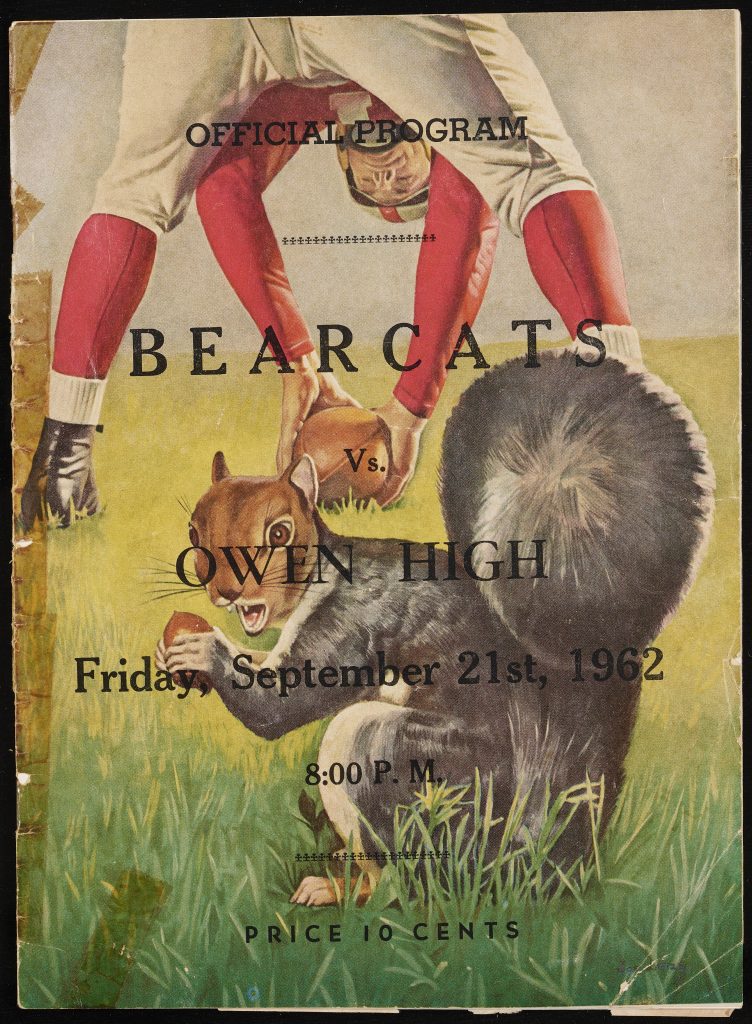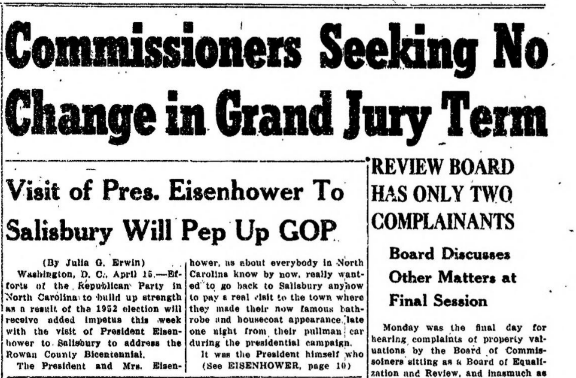
Thanks to our partners at the W. B. Wicker Alumni Association, DigitalNC is proud to announce that a brand new title, the Hometown News, is now available online! This is the debut batch for the Hometown News, and what a collection it is! This amazing collection includes thirteen years of monthly issues, from 2007 to 2010 — when you do the math, that adds up to over 140 issues spanning 1,628 pages.
Each issue of Hometown News is an amazing record of events and stories from Lee, Moore, and Chatham counties, areas that encompass the central Sandhills and include major towns such as Pinehurst and Sanford. Over the last thirteen years, the region has seen rapid growth and development, due in part to its proximity to Fort Bragg and the attention gained from hosting events such as the US Open. Despite the region’s growth, the News’ attention to local figures and community events retains a familiar and local quality to the paper, which often feature events such as the annual Jabberwock Pageant.
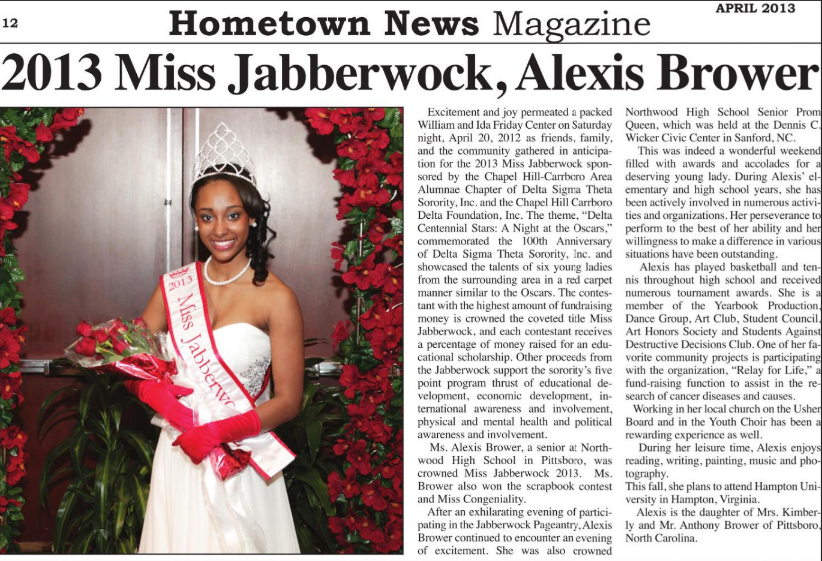
Hosted by the Delta Sigma Theta Sorority, the Jabberwock Pageant is a cultural enrichment event inspired by Lewis Carroll’s poem “The Jabberwock.” Each year, the Hometown News advertised the local pageant hosted by the Chapel Hill-Carrboro Chapter of the Delta Sigma Theta Sorority, and every year the winner of the pageant (known as Miss Jabberwock) would be featured by the Hometown News. Many other events often ignored by larger and more conventional publications can be found within the Hometown News, which covers each corner of the Sandhills with a special care and attention.
You can find each issue included in this extraordinary collection online now at DigitalNC here. Thanks again to our fantastic partners at the W. B. Wicker Alumni Association for making this title available on DigitalNC. If you’re interested in learning more about Lee County history, you can find a host of amazing materials at the W. B. Wicker Alumni Association contributor page on DigitalNC here.
